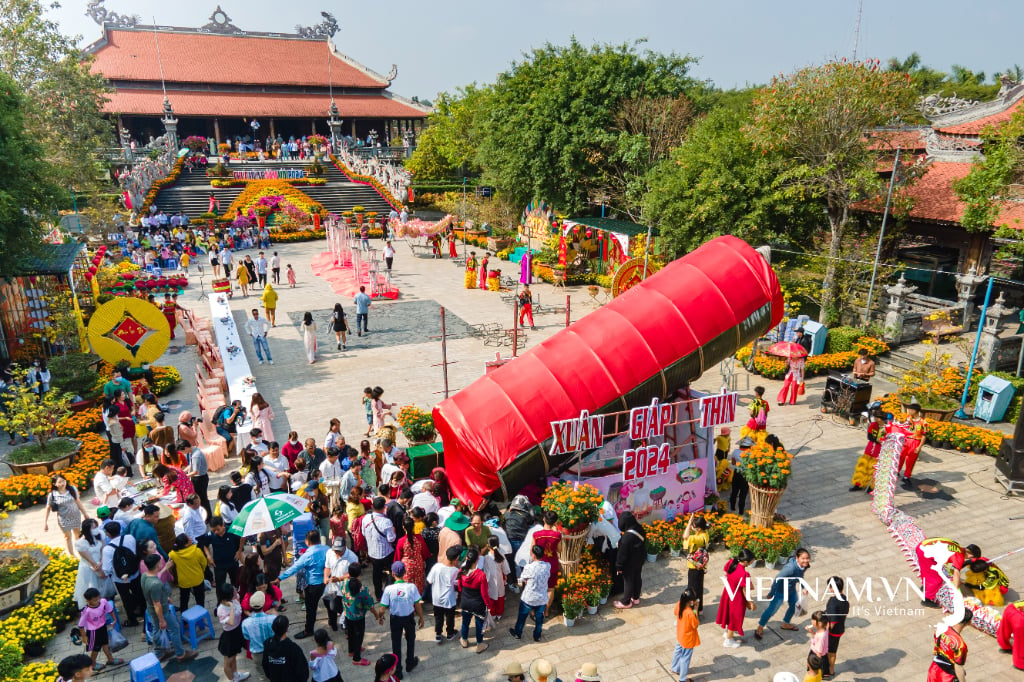In the past, reading the poem "Spring Rain" by Nguyen Binh, I always felt moved and sad for the girl in the countryside. And every March, when the spring rain is pouring down, looking up at the silent trees with clusters of purple flowers, my heart suddenly feels sad and aching.
Later, the fragile nostalgia for spring rain and those pure feelings of the beginning faded away but left in my heart a feeling of sadness and longing. I missed the row of xoan trees in the old alley, which now only existed in the past. That row of xoan trees was planted by my grandfather to build a house for my uncle and a kitchen for my family. Moreover, the end of the alley was both remote and isolated; the soil was both dry and poor, and there was no other suitable tree to grow.
And the row of mahogany trees grew bigger with the rain and sunshine. I had no impression of that tree. I thought it was like many other trees in the gardens of my grandfather's village; like many rows of trees, green arches spread across the tiled and thatched roofed houses of my village. Winters and summers followed one another.
One spring day. I could not contain my surprise when I saw clusters of flowers looming above the young green foliage. The clusters of flowers grew thicker each day, from light purple to deep, magical. A faint pungent scent wafted through. My mother said that the flowers of the xoan tree were fragrant but if they were too close and in too many places, they would be hard to smell, unlike grapefruit flowers. She also reminded us to stay away from the xoan trees when they were in bloom because sitting under them would attract swarms of mosquitoes, which naturally made me dislike this tree.
Then I was surprised when every afternoon, my grandmother quietly went to the xoan tree line and told my father to take a stick with a hook and pull down two or three bunches of leaves. Then she lit a fire, and the smoke billowed. The smoke and the essential oil of the xoan leaves were used to repel insects and mosquitoes that were breeding and thriving. She also said that fresh xoan leaves were also very good for composting.
I had no idea of such strange and interesting uses of the neem tree. It was still just curiosity and strangeness.
When I got to enjoy the ash cakes she made - small cakes wrapped in sticky rice soaked in water burned from many kinds of leaves, I fell in love. Every time I bit into the soft, chewy, cool cake, I felt like I was tasting the taste of the countryside and the fields. I loved that kind of cake so much that I sometimes asked her to make some. When I learned that one of the main ingredients that makes the ash water and helps the cake to have a shiny, eye-catching yellow color is the xoan fruit, I was extremely excited. Suddenly, I saw how familiar and meaningful that row of xoan trees was!
And when I grew up, I no longer looked up at the purple flowers of late spring, but only gasped when on a misty and windy morning, I saw petals like purple husks scattered in front of my house.
Finally, the xoan trees were cut down to build a house for my uncle. My grandmother passed away, the batches of ash cakes remained only in my memory. Then one day, the village no longer had a single xoan tree. The xoan flowers "falling layer after layer " now sleep peacefully in my memory. A corner of the distant purple sky!
Source link


































































































Comment (0)